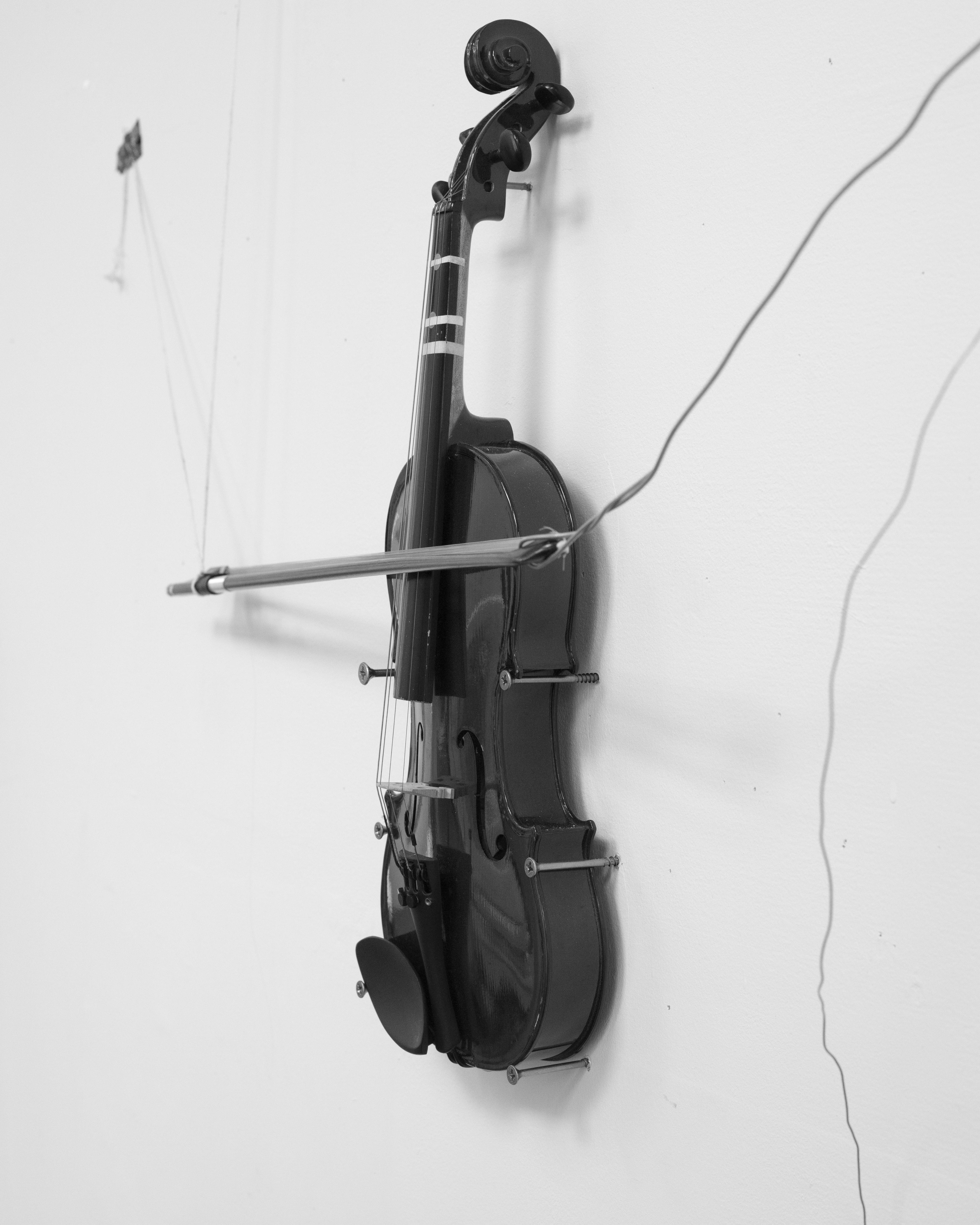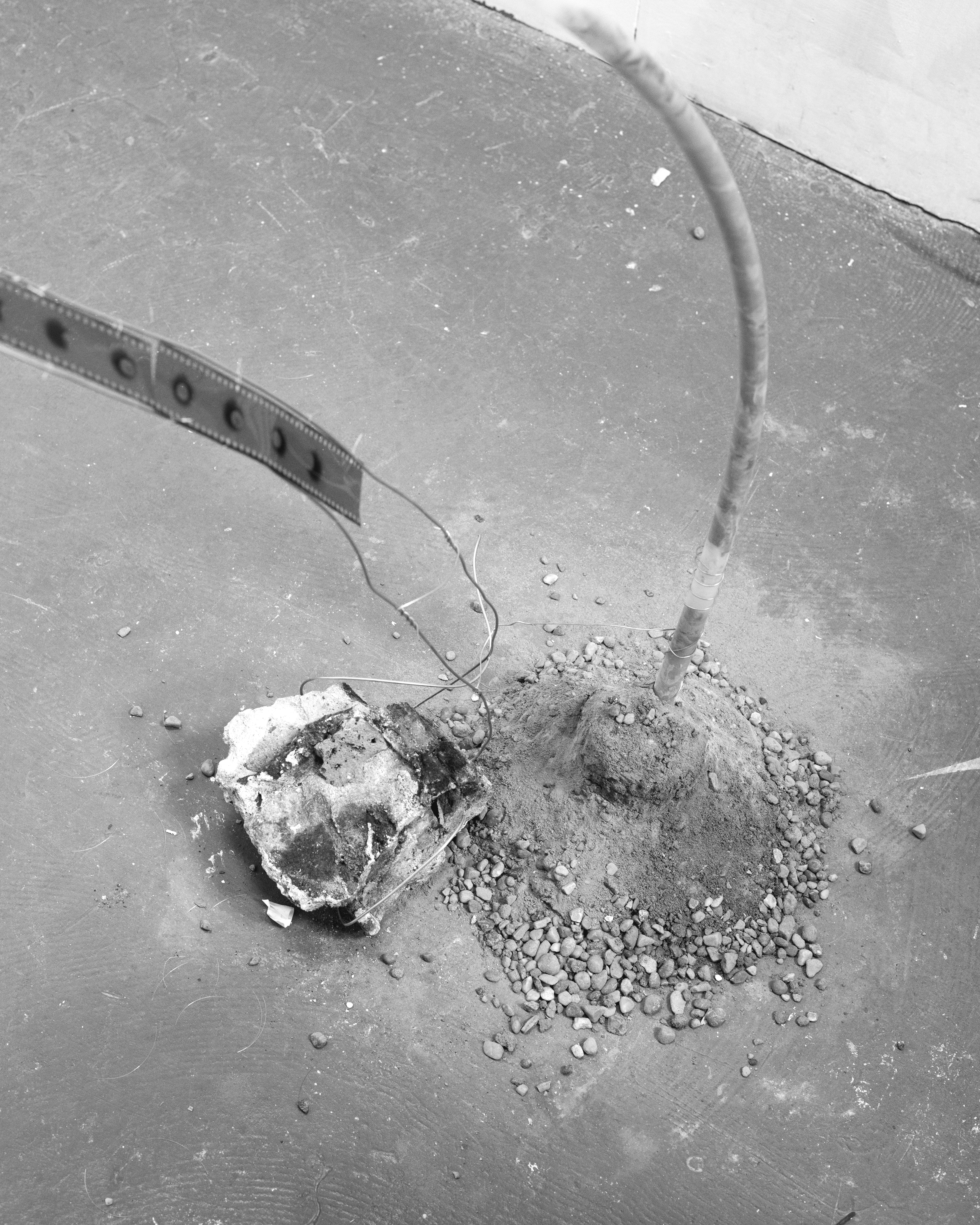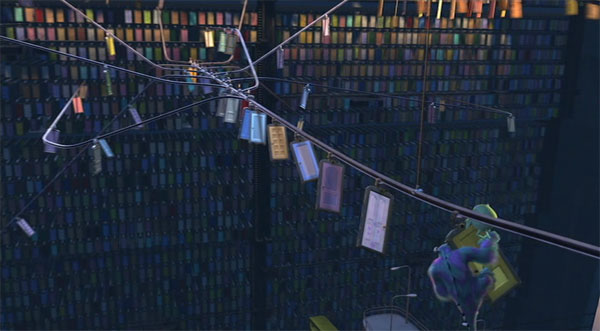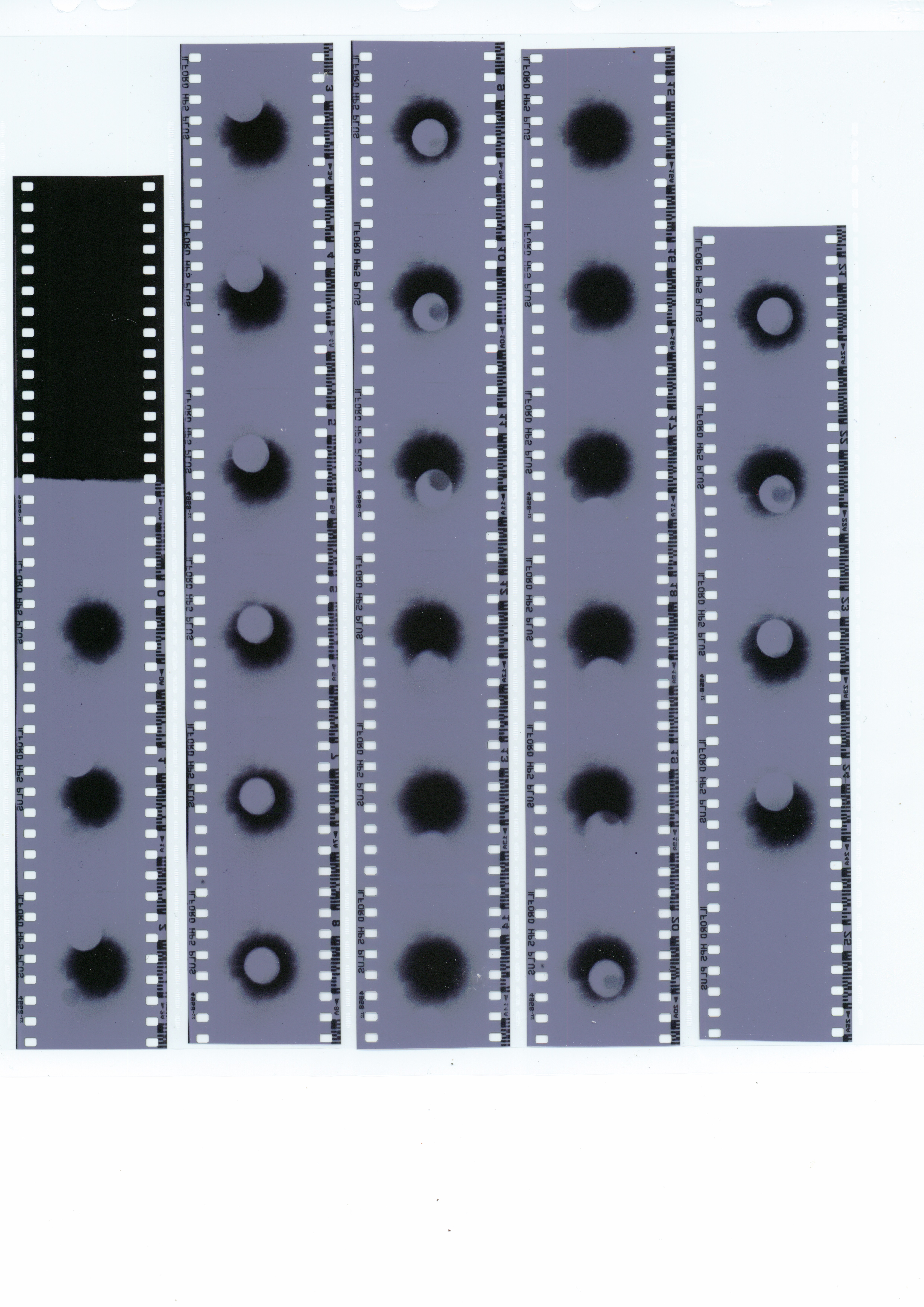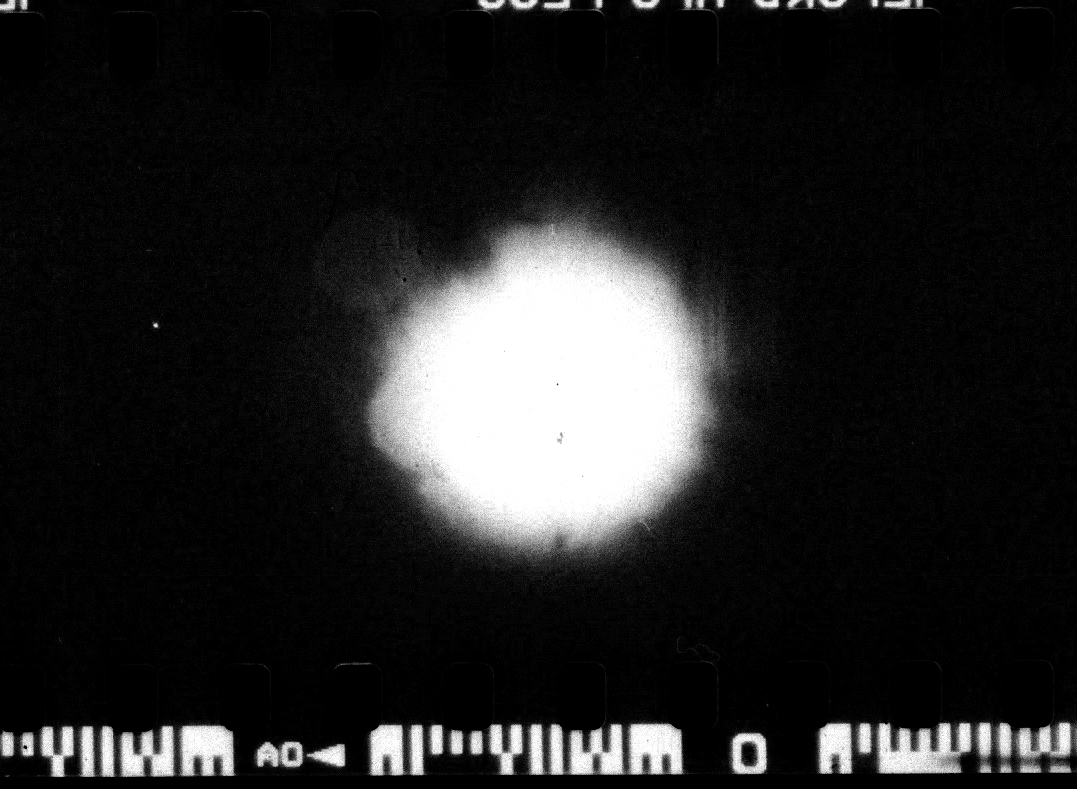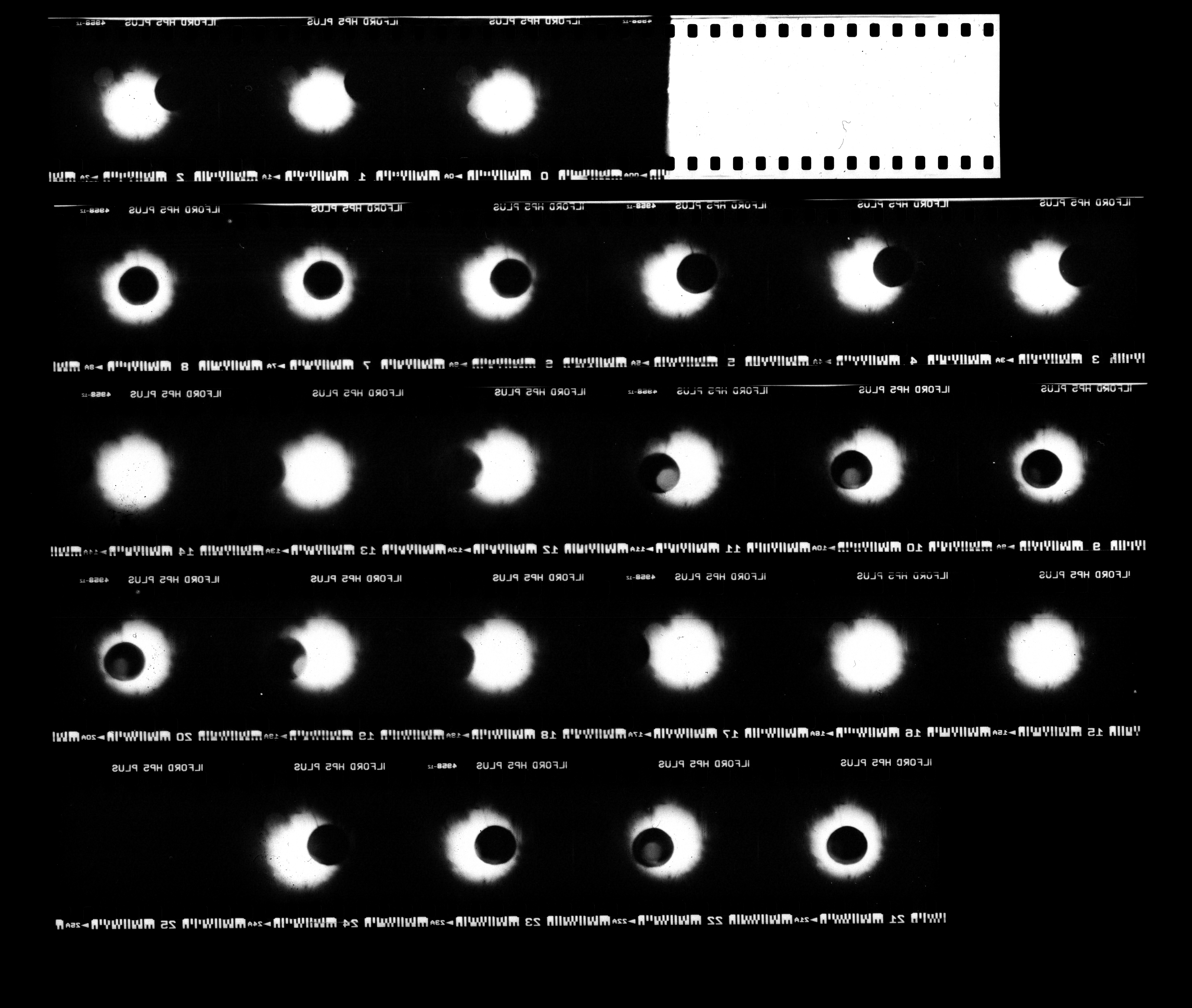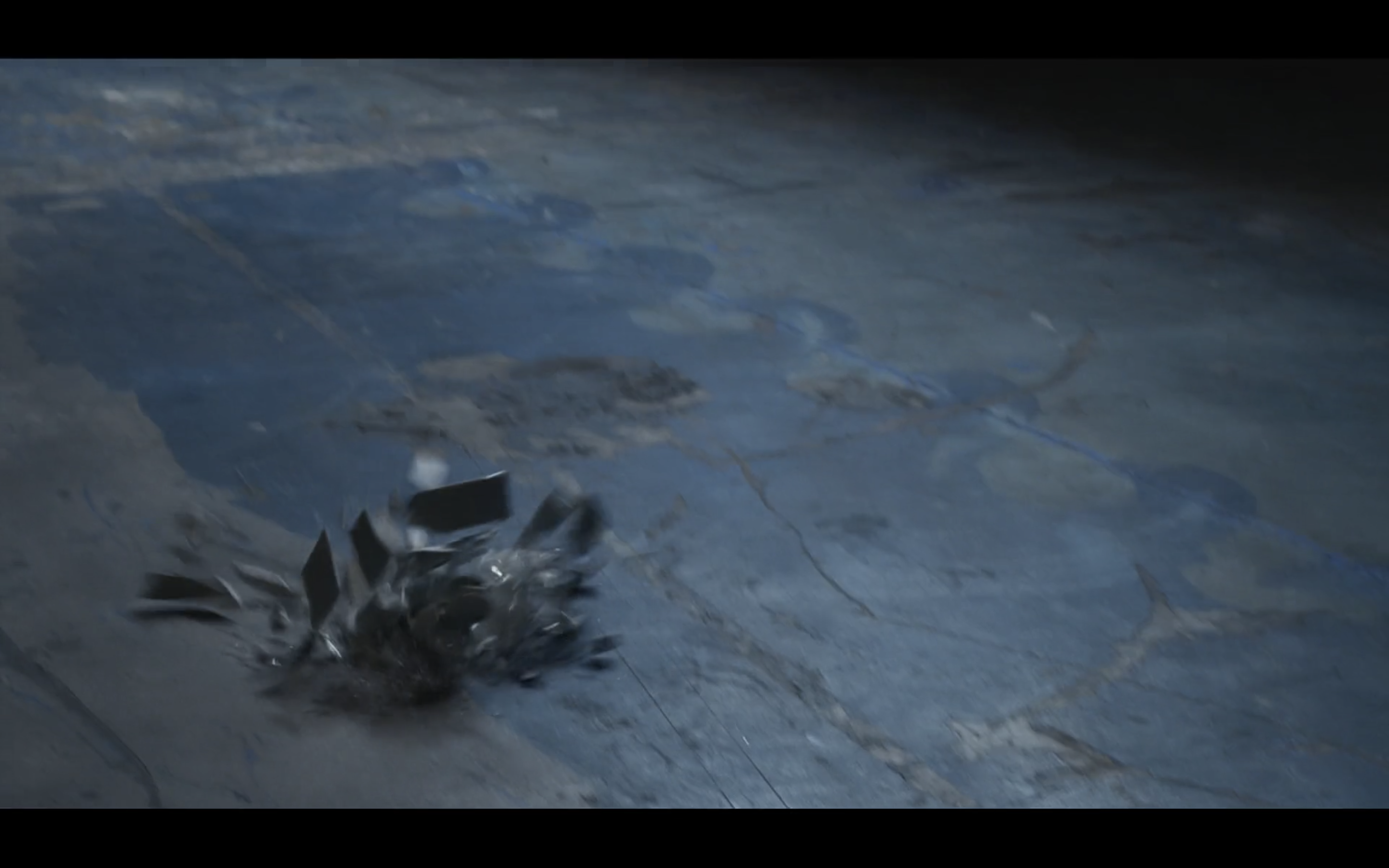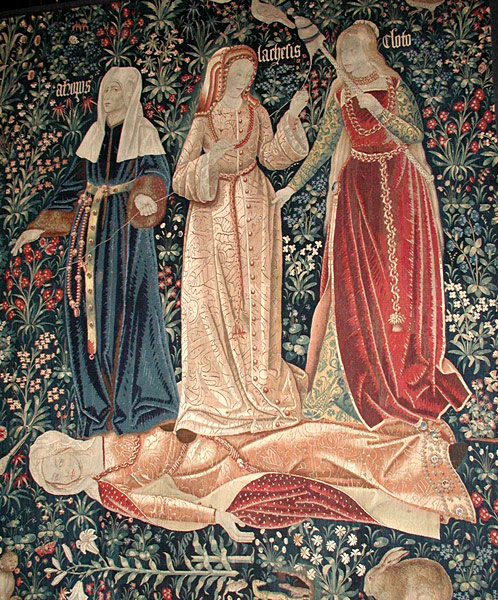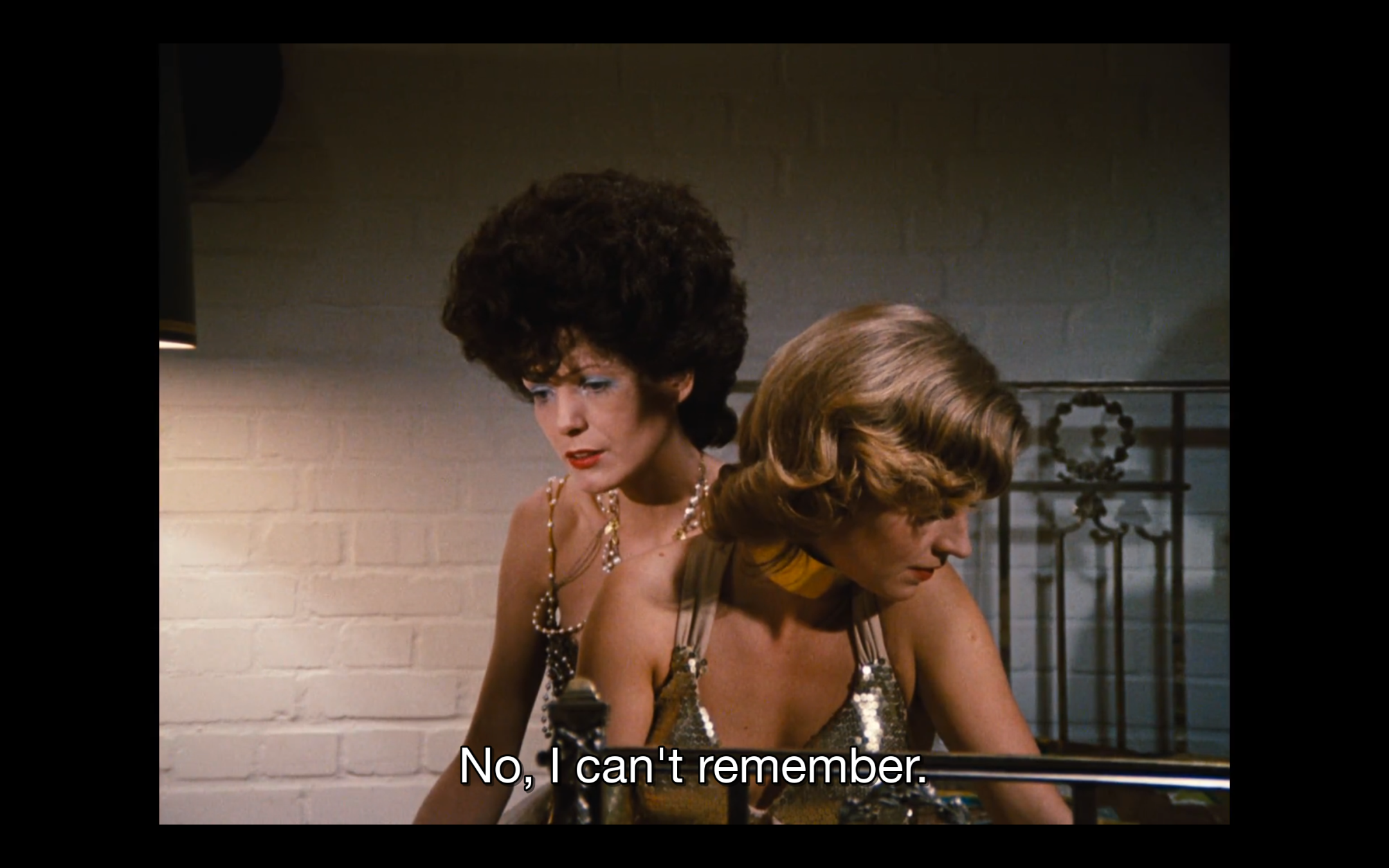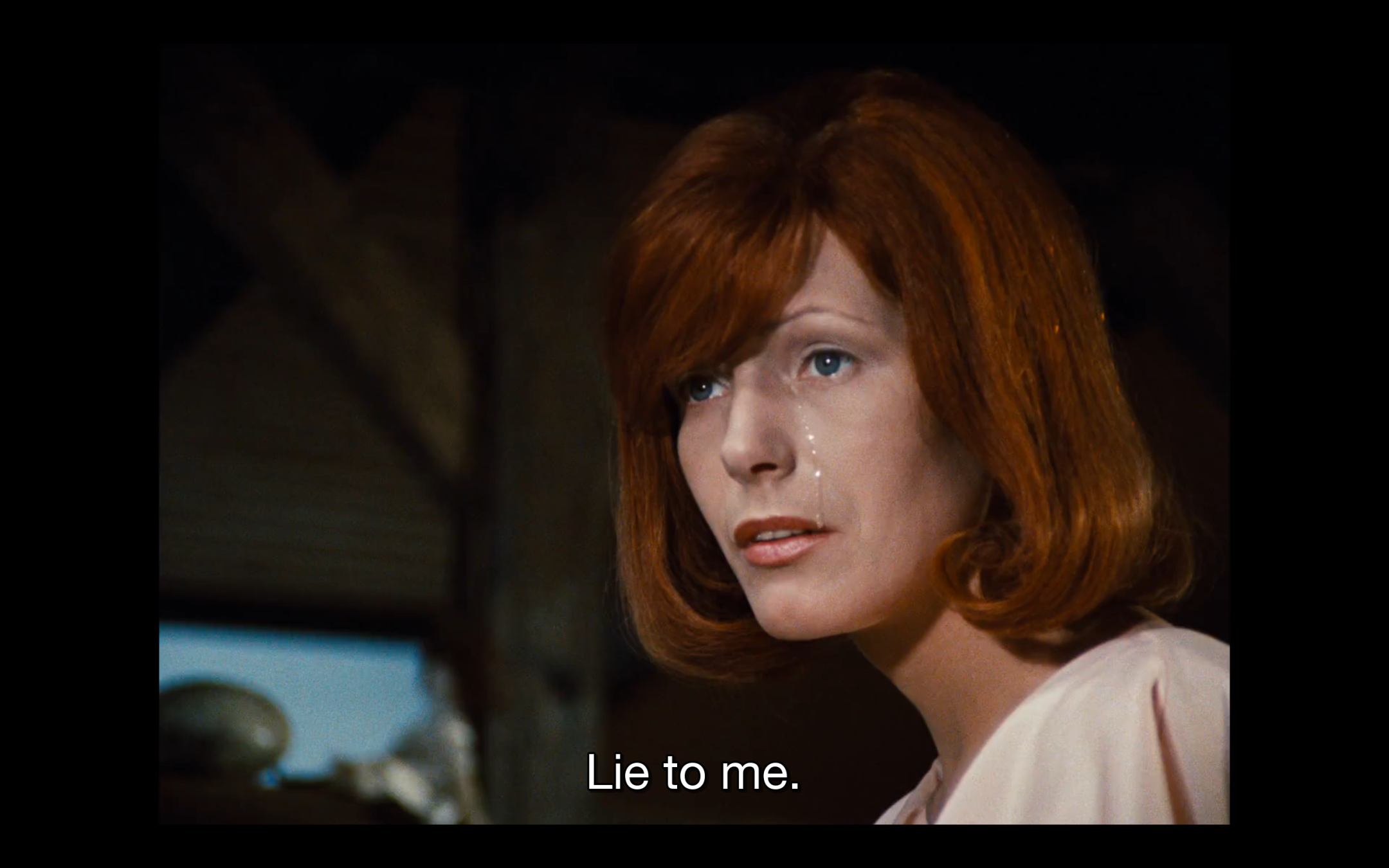Inside is mine
In an exercise to take up emotional, physical, and sound space, “Inside is mine” brings together expanded theater, photography, and technology to compose a scratchy orchestra of characters that work with sound and light to tell a story about hysteria.
produced by: Maite de Orbe
Concept and background research
Throughout this year I have developed an increasing interest in the technologies related to gender binaries. I have learned about maintenance work and women as the first computers, their invisibilized labor, racial algorithms and biased spelling correctos. All this has lead me to create a project that would be an exercise of creating and taking up space in technology. I found paralelisms between these spaces and situated knowledges and non-linear storytelling as tools to create them, and wanted to use these in my piece. Hysteria has been used in the past to ridiculize one's expressions of truth, cutting down lanes of new thinking and understanding. Going into the specific ways this could happen, such as invalidating someone for their appearance, the expectation of a behaviour or even the pitch of a voice, I decided to compose a scratchy orchestra that would play with the building up of tensions and triggering to collectivley form an environment of uneasiness and excitement. Coming from a photographic background, I intented to explore the ways by which technology could break the boundaries of the white cube. I used my own photographs as part of an installation that would be communicative within the different moving sculptures.
For instance, I was interested in the use of a violin to talk about expeceted behaviour by creating movements and sounds that would not correspond to this instrument. Being delicate and principal in an orchestra, melancolic and estrident, it represented quite well many of the assumptions of what hysteria was in the past. I coded a motor to turn in such a way that the arch of the violin would violently stamp against it.
This combination of digital and analogue was inspired mainly by the works of the artist duo Lolo&Sosaku, based in Barcelona, for whom I had the pleasure to intern for two months as a motivation for the production of this piece of work. Looking into ways of incorporating sound into the work, the performative practice of Graham Dunning was very intriguing and opened the doors for me to think outside the box of how this could be done, as well as the installations by Zimoun. In the process of turning digital to analogue, Balint Bolygo's - Trace (Self Portrait) lead me to additional ways of combining these binaries.
The aesthetic part of the project was really important. I aimed for a raw aesthetic that would create an impact that would talk to the impact created by the moving objects and the sounds. I was interested in appropiating low-tech and the production of clumsy bbut elegant machines. For this, I looked at the work of Thomas Thwaites and his self-made toaster. Additionally, Penelope Unmbrico's work Sun/Screen/Scan strongly inspired me to include elements as symbols in the installation such as an eclipse photographed in 35mm that can be illuminated by a bulb positioned in an arch that the spectators can move, a volcanic rock as a symbol for time keeping and compressed rage, and use cement and bricks to support the sculptures.
After reading "The Beauty Myth" by Naomi Wolf, I wanted to also refer to the appearance and the validation that comes with it. I took a series of photographs called "Dani under the sea" and found ways in which motors could interact with them to create a feeling and impression of being trapped inside something. The needle piece and the tangling motor were the pieces coded for this.
The hanging piece, "Three Fates" referes to the greek mythology of the three woman that would control the destiny and lifespan of humans. I wanted to reference this myth through the power and threat that these woman could mean as well as to bring into the piece the notions of weaving, a repetitive practice that is key to networks of caring and affection. For this piece, the readings of Remedios Zafra were very inspiring.
Altogether, this piece is meant to be a scratchy decentralised orchestra composed by the movements and sounds of 5 (violin, needle, spinning motor, three faits and arch) different characters that, collectively, aim to raise questions about space.
Technical
This piece uses principally the movement of motors to activate the analogue sculptures. In order to control the motors, I worked with Arduino and electronics to find the best movements that would suit the piece.
Motos became a symbol for repetitive labor, one that I wanted to mention after focusing on the invisibilized labor of women in technology and care. Additionally, I wanted to create a system of movement that would be already there when the audience would arrive to give them a feeling that they were walking into a system, same as we are born into one. Motors and physical computing allowed me to create these movements and to have an ongoing piece.
I took my time to explore different motors and their properties, working around NEMA motors, DC motors, Servo Motors, L298N Drivers, CNC drivers, voltage regulators to adjust all the circuits, and how could I make their turning could trigger analogue movements that would compose the piece. One of my inspirations while constructing the systems was to create an environment similar to Mosters Inc. when they flow into the world of doors (see photo below). The inmersivity of this piece depended in all the actants (motored sculptures) working in the space. For every motor, understanding its qualities, sudies were taken of their weight, torque, speed, and vibration sound. This was a very interesting process through which I feel like I learned quite a lot and feel confident to work with them in the future. As my principal struggle for this project has been an economical one, I am also aware that higher quality motors would not have certain problems that I've encounter such as overheating of the motors and malfunctioning of the shields with the H-Bridge inbuilt circuits. Additionally, certain motors, through their own vibration, would create sounds that I wouldn't really like in the piece, so finding ways to silence them was another obstacle to be resolved that took place by the use of different hangers and silencing foam in the installation process.
The audience
As mentioned previously, the intention of this decentralized installation was both political and conceptual. Political in the way it would follow the paths of non-linear story telling from authors such as Donna Haraway and Ursula K. Le Guin. In the process of constructing the behaviours and personalities of these sculptures, I attended several courses from the Young Vic Theater on how to escape from the normativity in theater, reason why I adventured myself to call this instalation expanded theater. The reason I wanted to build something following this path is to create spaces outside the notions of "objective truth" where the feelings of rage, which I directly address in the piece, could not have a space. This was materialized conceptually in these alive machines, that collaborate with each other to create a space where one would enter and be surrounded.
My aim was to have the audience experiment a show in which they could walk in. I found that having the violin as the first piece would be quite appealing, and then the turning on and off of the other pieces would make them turn and approach, maybe making them feel overwhelmed at the beginning because of the excess of information but also creating a desire to be familiarized with the ecosystem. As such, the interaction from the audience with the piece would be of spectatorship.
In a way to mirror this, mostly all of the videos in the documentation videos were filmed by the audience.
Self evaluation
Overall I am really satisfied with the results of this piece. The audience was really drawn into the violin composition and this invited them to see the rest of the space and to spend some time in it. I got good feedback saying how the general feeling was of rawness and tension and how the aesthetic part worked well with the technological side. I trust to have achieved a cohestive piece that communicated well and that was exciting and engaging.
On the down side, throughout the days of the exhibtion, there was more maintenance work to be done than I expected with the motor overheating and malfunctioning. In the future I would have like to be able to run the project for many hours to be able to fix this problems without the tension of the exhibition going on. I would have found better solutions for this overheating and reduced the amount of maintenance work.
Future development
I actually think that this piece has been the starting point of an ongoing exploration. I am quite interested in the ways that technology can be combined with analogue sculptures and make things seem alive in the exhibition space. The way that the exhibition was set up was in the form of an open system, in which more pieces could be added, like characters in a theatric play. Attenting at their different personalities and speaches, I think that there is quite a lot of space for future development, exploring with bigger spaces and materials composing more complex environments. For instance, as the violin turned to be the most exciting piece of the installation, it would be interseting to explore how two of them could communicate with each other, maybe activated by the sound of the other, looping into a conversation.
References
"The beauty Myth" by Naomi Woolf (book)
"The Human Voice" by Pedro Almodovar (film)
"Dicen que nevers es más triste" by Angelica Liddell (book)
"Angelica. Una tragedia" by Manuel Valdés Fernández (documentary)
"Deforme semanal ideal total" by Isa Calderón and Lucía Lijtmaer (podcast)
"Autobiography of red" by Anne Carson (book)
"Queer fragility" by Sara Ahmed (article)
"Queer art of failure" by Jack Halberstam (book)
"The Ontology of the Accident: An Essay on Destructive Plasticity" by Catherine Malabou (book)
"Mad Men and Medusas : Reclaiming Hysteria" by Juliet Mitchell (book)
"Painting machines" by Lolo&Sosaku (artwork) LINK HERE
"Speculative Everything" by Anthony Dunne and Fiona Raby (book)
"(h)adas. Mujeres que crean, programan, prosumen, teclean" by Remedios Zafra (book)
"Film" by Tacita Dean (artwork)
"We Wear A Mask" by Maya Angelou (poem) (LINK)
"The Bitter Tears of Petra von Kant" by Rainer Werner Fassbinder (film)
Below: Visual references

































































